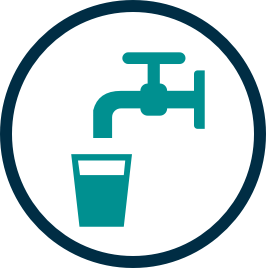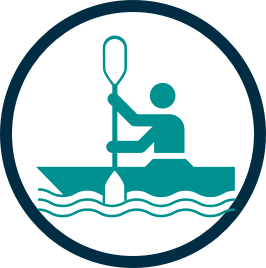Why do dams need to go?
Flood mitigation

- Dams result in exorbitant flood recovery costs and higher liability insurance premiums for owners.
- Dam removal lowers water levels during high-flow events, decreasing the risk of flooding.
- Dam removal erases liability associated with dams—damage downstream if the dam fails, or injury of someone at the dam—which lowers homeowner insurance premiums.
- Dam removal eliminates the cost of periodic inspections, maintenance, and repairs to keep the dam safe.
Water quality

- Dams disrupt the natural movement of sediment downstream.
- Dams alter natural streamflow cycles and reduce dissolved oxygen in the water.
- Dams cause unnatural sediment stratification behind the dam, versus aiding natural sediment transport.
- Dam impoundments increase water temperature and trap nutrients, which can lead to excess algal growth
Aquatic habitat

- Dams restrict the upstream and downstream movement of fish and other aquatic life, and degrade aquatic habitat.
- Dams increase water temperature, lower velocity, and lack substrate variability, which ultimately results in lower biodiversity
- Dams alter cold-water organism habitat, creating a slow, warm water lake environment.
Recreation

- Removing dams creates opportunities to safely swim, fish, and paddle in Vermont’s rivers and streams.
- Dam removal restores fish populations, opening up new fishing areas for anglers.
- Dam removal enhances river access to navigable water
Are you a dam owner interested in removing a dam on your property?
Read more here about how we can help you make it happen. Plus, find FAQs about dams and dam removal — and how you can take the first step to a free-flowing river on your property.


